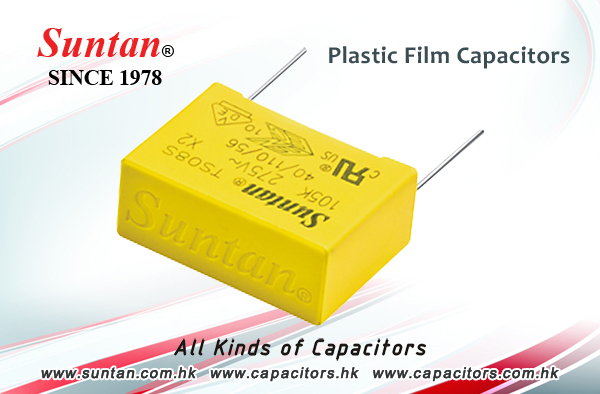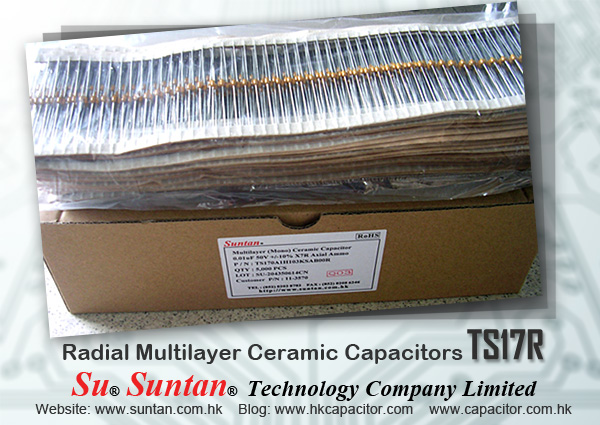Suntan Technology Company Limited
---All Kinds of Capacitors
In October 1745, Ewald Georg von Kleist of Pomerania in Germany found that charge could be stored by connecting a generator by a wire to a volume of water in a hand-held glass jar. Von Kleist's hand and the water acted as conductors and the jar as a dielectric. Von Kleist found that after removing the generator, touching the wire resulted in a spark. In a letter describing the experiment, he said "I would not take a second shock for the kingdom of France." The following year, the Dutch physicist Pieter van Musschenbroek invented a similar capacitor, which was named the Leyden jar, after the University of Leyden where he worked. Daniel Gralath was the first to combine several jars in parallel into a "battery" to increase the charge storage capacity.
Benjamin Franklin investigated the Leyden jar, and proved that the charge was stored on the glass, not in the water as others had assumed Leyden jars began to be made by coating the inside and outside of jars with metal foil, leaving a space at the mouth to prevent arcing between the foils. The earliest unit of capacitance was the 'jar', equivalent to about 1 nanofarad.
Leyden jar or flat glass plate construction was used exclusively up until about 1900, when the invention of wireless (radio) created a demand for standard capacitors, and the steady move to higher frequencies required capacitors with lower inductance. A more compact construction began to be used of a flexible dielectric sheet such as oiled paper sandwiched between sheets of metal foil, rolled or folded into a small package.
Early capacitors were also known as condensers, a term that is still occasionally used today. It was coined by Alessandro Volta in 1782 (derived from the Italian condensatore), with reference to the device's ability to store a higher density of electric charge than a normal isolated conductor. Most non-English European languages still use a word derived from "condensatore".
Learn more:http://www.suntan.com.hk/


